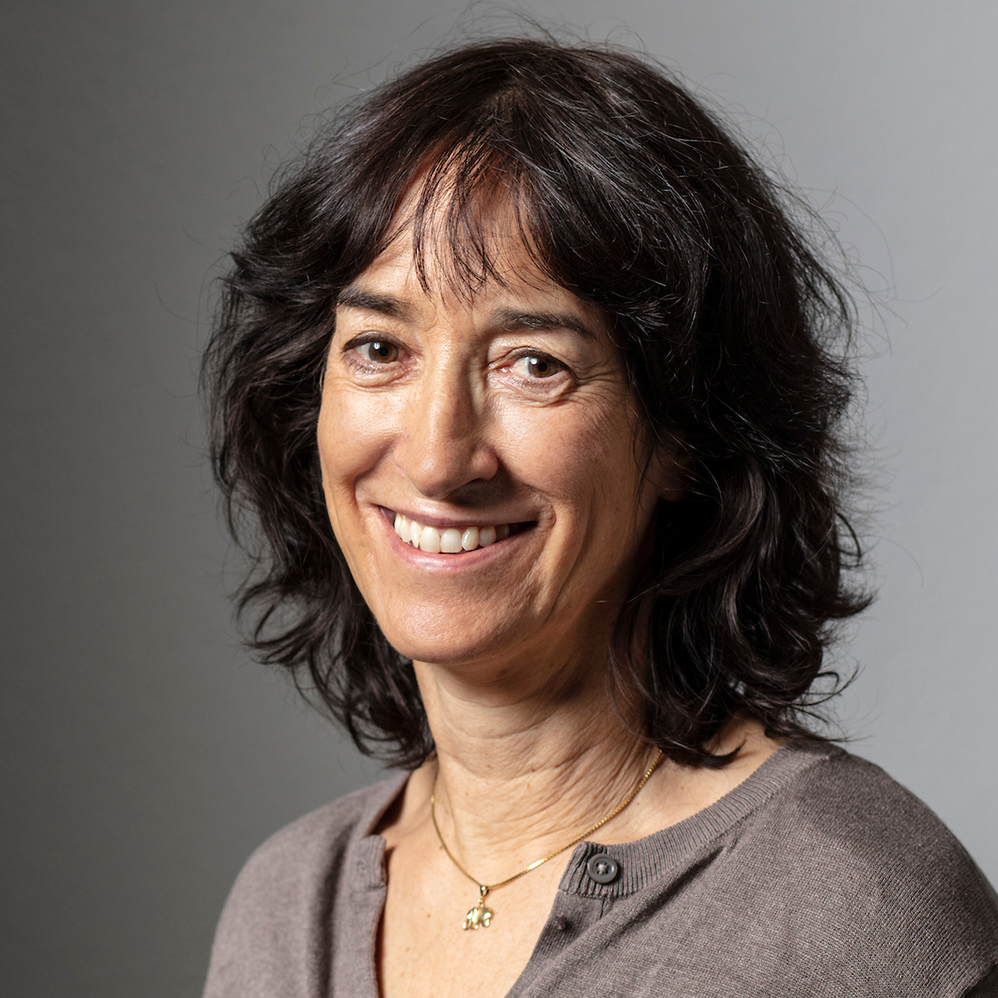Swiss help bring Roman Pompeii back to life

Visitors to Pompeii will now be able to see and hear life as it unfolded in Roman times, thanks to a computer project spearheaded by Geneva University.
The LifePlus programme takes real images of the ruined Italian city and adds the life that is missing, including simulated animals, plants, and humans.
The ruins of a bar come to life as visitors wearing 3D glasses watch the waiter pouring out spiced wine for customers. In a nearby room, a beautiful woman reclines on a couch as she is wooed by a handsome centurion. Meanwhile, two women in Roman garb have a heated discussion as they wander through a leafy arbour.
With the prototype, images are supplied by a computer carried in visitors’ rucksacks, but eventually they could be sent from a tiny computational device fitted to the headset.
How it works
MIRALab developed the life simulation part of the software, taking advice from historians on what sort of clothes the Romans wore, how the material flowed, and how people behaved.
Doctorate research projects were set up to develop software for simulating the hair, clothes, facial expressions and speech.
Three dimensional images were created using new algorithms, allowing computing to be done in milliseconds. The idea was to make the virtual life viewed through the 3D glasses seem to happen in real time.
A key partner in the project was Oxford-based 2D3, which sells camera tracking software to film companies around the world. Their product, Boujou, helps filmmakers insert computer-generated material into real footage.
3D
“In the film Troy, they wanted to put in additional soldiers and ships on a beach,” explained software engineer Andrew Stoddart.
“So they went out and filmed an empty beach from a helicopter. They now need to know where to put that computer-generated material.
“Our software loads in the images they’ve shot and it will latch on to small features in the image and track them through the sequence. Then, using some advanced computer vision algorithms, it reconstructs the three dimensional points in the scene. The computer-generated material can be added in afterwards, located on top of those 3D points.”
The problem is, it can take an hour to track just a few seconds of footage, so when 2D3 started the Pompeii project, they had to increase the speed of the signal by a factor of one thousand.
The Swiss Federal Institute of Technology in Lausanne also played an important role. “They found a way to make sure that the calculation of the virtual world and the tracking of the real world ran at the same time,” Magnenat-Thalmann told swissinfo.
Augmented reality
Magnenat-Thalmann is proud of her department’s achievements. “What is absolutely new about this technology is that it is immediate,” she said. “It is augmented reality, not virtual.
“Many people are working on virtual reality, but if they manage to achieve immediate visibility, it is because they are only focusing on buildings.”
Augmented reality could have a future in the medical field, helping surgeons to gain a three dimensional view of the insides of patients. And Stoddart sees a bright future for the technique in television.
“In a studio interview situation, you could add in little computer-generated objects on a table in real time, as they do a live broadcast. That’s one application, which is very close to realisation at the moment.”
swissinfo, Julie Hunt at Geneva University
Visitors to Pompeii are provided with a headset, headphones and a computer.
A tracking system determines their location, and audio-visual information is superimposed on their current view of the site.
LifePlus will extend that system and provide 3D human crowds, animals and plants.
Geneva University, the Federal Institute of Technology in Lausanne, and English company 2D3, have created an augmented reality system combining real views of ruined Pompeii with virtual scenes generated by the computer, that breathe new life into the Roman city.

In compliance with the JTI standards
More: SWI swissinfo.ch certified by the Journalism Trust Initiative











You can find an overview of ongoing debates with our journalists here . Please join us!
If you want to start a conversation about a topic raised in this article or want to report factual errors, email us at english@swissinfo.ch.